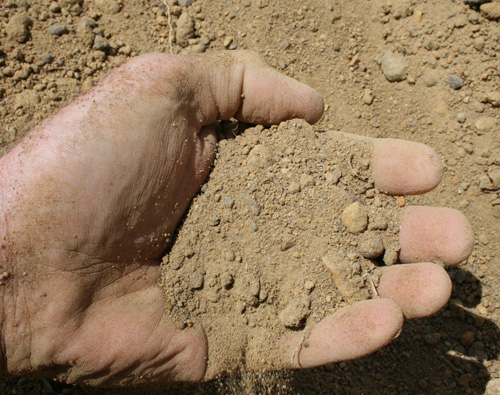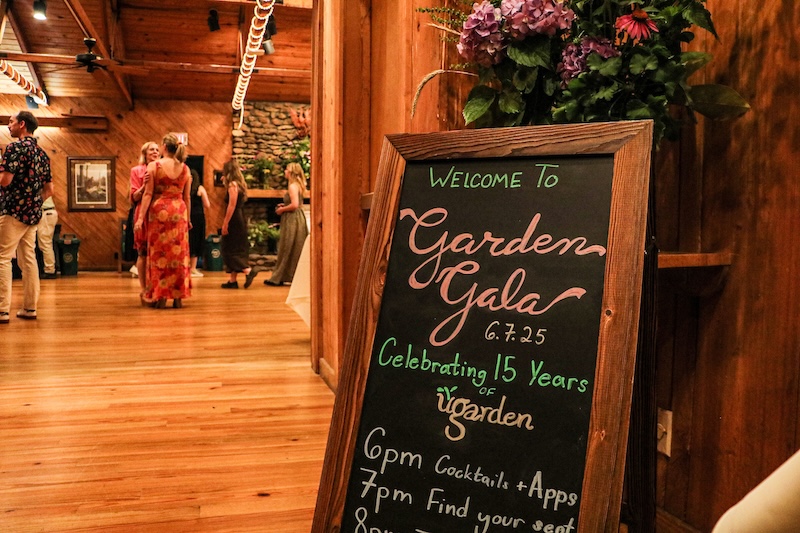(Note to editor: The following is a helpful Q&A on fall gardening tips from Amanda Tedrow, University of Georgia Cooperative Extension agent in Athens-Clarke County.)
Q: I’ve had my soil tested by the UGA soil lab and received a recommendation to fertilize. I am reluctant to apply fertilizer due to the current weather. What do you suggest?
A: Due to the hot, dry weather, it is tough to say a solid “yes” or “no” on fertilizing right now. It is situation and plant specific. If your soil report recommends a fertilizer application to help with a nutrient deficiency or pH issue you should follow the recommendations but with caution due to the weather. Stressed plants in dry soil may have their roots burned by a fertilizer application containing excessive nutrients.
Most plants are not producing new growth right now, and the spring growth has been hardened off, making the plant less vulnerable to the current high temperatures and drought stress. If you fertilize your plants now, they may put on new growth, which will not be hardened off before winter temperatures arrive, damaging the plant. You can incorporate compost into your soil to increase its water-holding capacity and add smaller amounts of nutrients. Some plants, such as annuals, do need fertilizer and additional water during the entire growing season.
It is extremely important to water plants when they show stress with at least 1 inch of water per week when rainwater is not sufficient. Mulch plants with 2-3 inches of materials. Most gardeners use pine straw, pine-bark nuggets, hardwood mulch or other organic materials. I would caution against using stone or pebbles for mulch since these materials retain heat and will not cool the soil.
A useful publication on “Best Management Practices in the Landscape” can be found at: http://www.caes.uga.edu/Publications/pubDetail.cfm?pk_id=7332&pg=np&ct=fertilizing%20trees&kt=&kid=&pid=
Q: I am interested in starting my own garden this fall from seed. Should I grow everything as transplants or start the seeds in my garden?
A: There is not an easy answer to your question. Some plants do better as transplants. Others prefer to be directly sown in the garden. Typically, root crops such as carrots, beets and radishes are best direct seeded in the garden. If these are not direct seeded, the roots are often oddly shaped, but still edible. Any plants direct-seeded into the garden need to be thinned to prevent overcrowding and to ensure proper spacing and air circulation. Plant thinning is often done when seedlings are less than 2 inches tall. These thinned plants can be eaten if desired.
Garlic can also be direct seeded by planting cloves in the fall. Other root crops such as turnips or rutabagas can be purchased as transplants or started in the house and transitioned easily into the garden. Leafy greens such as collards, kale, cabbage, lettuce and Swiss chard are often started indoors or purchased as transplants. These plants along with broccoli, cauliflower and kohlrabi can be planted as small transplants, usually no more than 4 inches tall with a sturdy root system and strong stem. If you grow your own plants, make sure to provide them with enough sunlight. Plants that receive too little sunlight are often weak and will struggle to establish in the garden.








